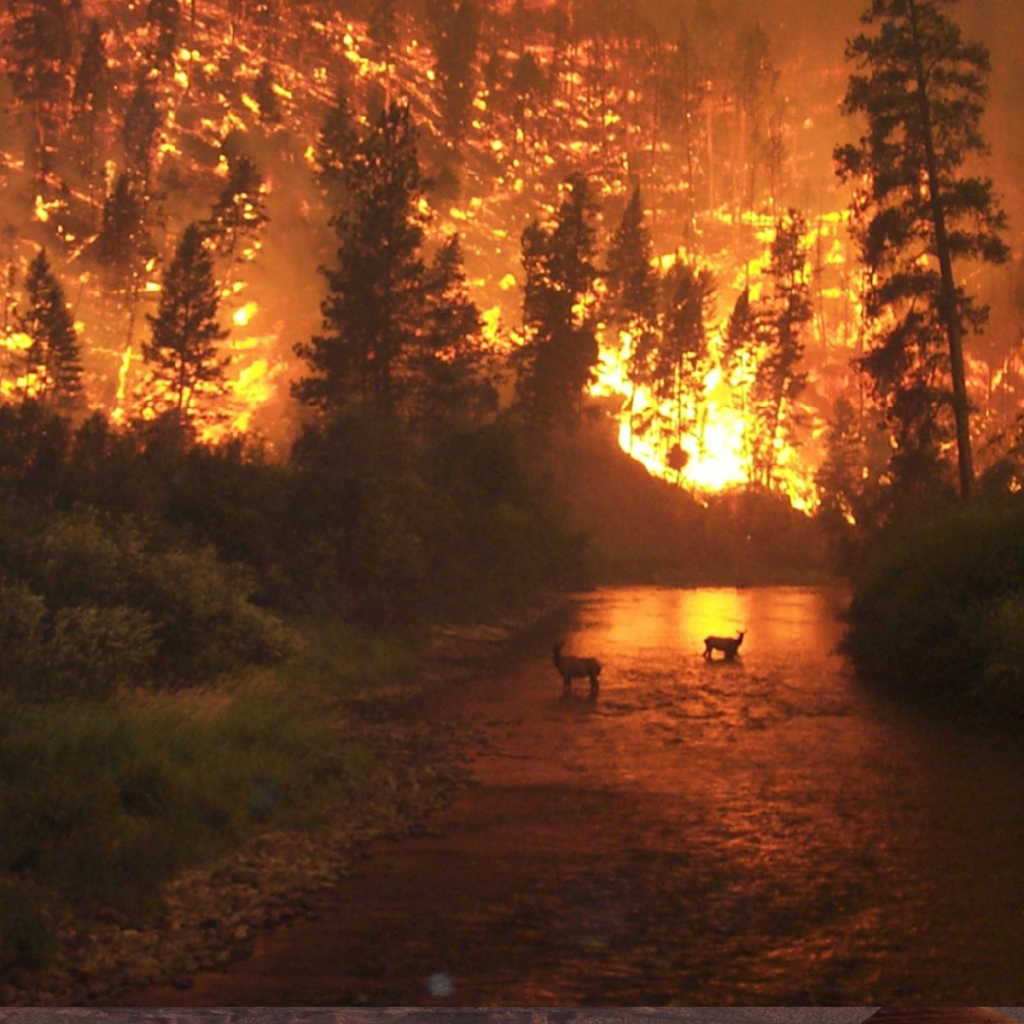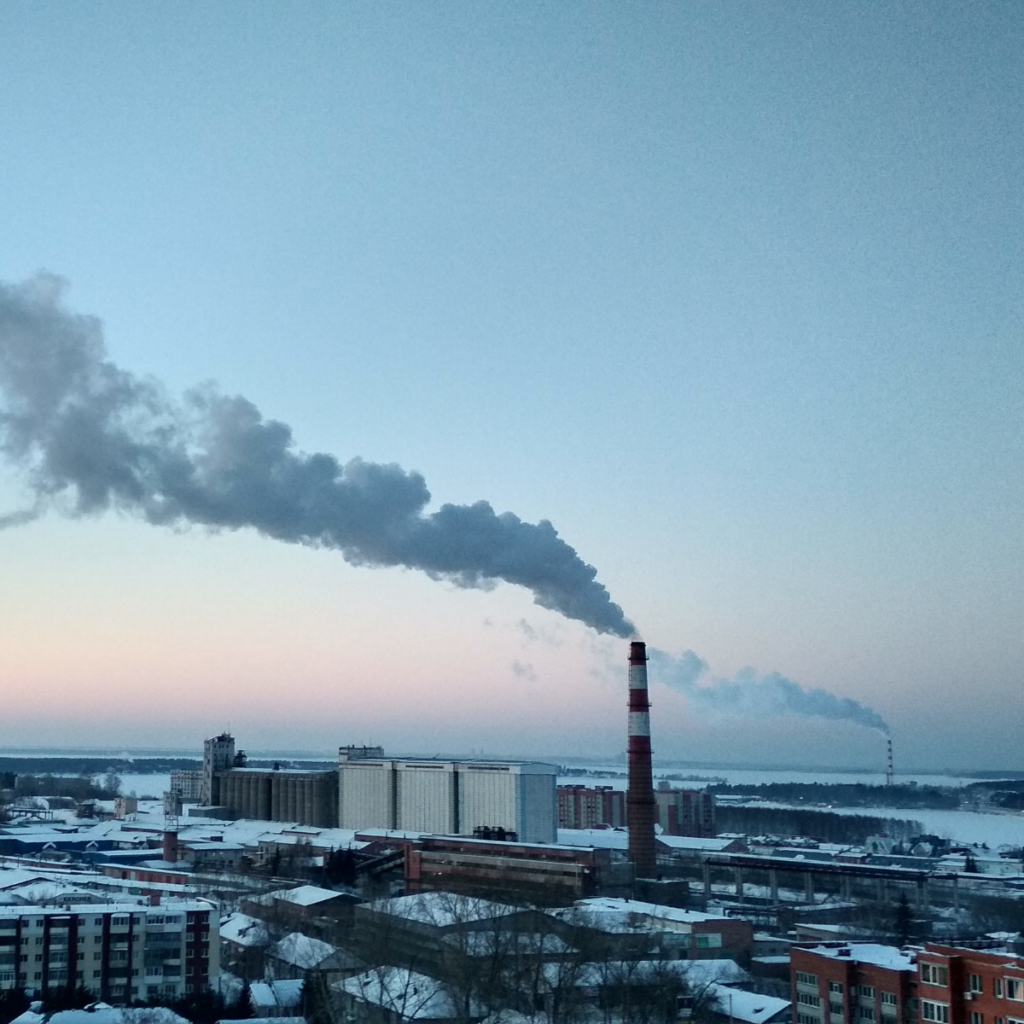W Grecji żyją zarówno gatunki typowe dla Europy Środkowej jak i dla regionu śródziemnomorskiego. To, jakie zwierzęta uda nam się spotkać, zależy oczywiście od regionu, w jakim się znajdujemy, ponieważ zamieszkują ja przeróżne gatunki zwierząt takich jak ssaki, gady czy owady. Możemy uważać się za prawdziwych szczęściarzy, jeżeli uda nam się podejrzeć jedne z najciekawszych występujących tam zwierząt:
- Żółw morski Caretta
To gatunek gada z rodziny żółwi morskich. Występuje w morzach i oceanach, ale głównie w ciepłych strefach Oceanu Atlantyckiego, Pacyfiku oraz Oceanu Indyjskiego. Możemy go również spotkać Grecji na wyspie Zakynthos. Głowa pokryta jest tarczkami, szczęki podobne są do ptasiego dzioba. Kończyny przekształcone są w płaskie wiosła z 2 pazurami na przodzie. Powłoka zewnętrzna ciała jest w różnych odcieniach brązu, natomiast brzuszna część pancerza jest żółtawa. Caretta jest głównie gadem mięsożernym (ryby, meduzy, ośmiornice, kraby i wiele innych mięczaków).
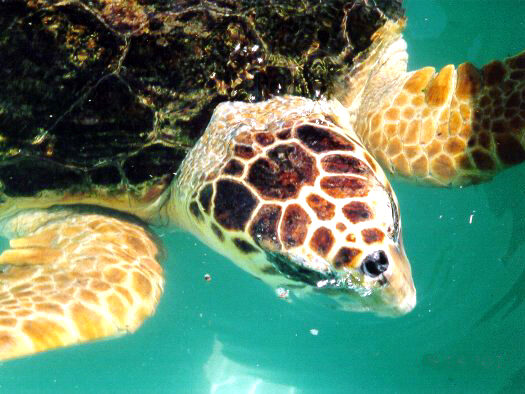
- Sęp płowy
Jednak najciekawszym ze wszystkich jest sęp płowy, który jest gatunkiem dużego ptaka padlinożernego z rodziny jastrzębiowatych. Są to ptaki długowieczne, które mogą żyć nawet 40 lat, a ich wygląd jest niezmienny. Wierzch ciała sępa jest koloru szaro-rudego, natomiast spód jest nieco jaśniejszy. Charakterystyczną cerne lotki oraz sterówki. Dziób i nogi są koloru sino-niebieskiego.
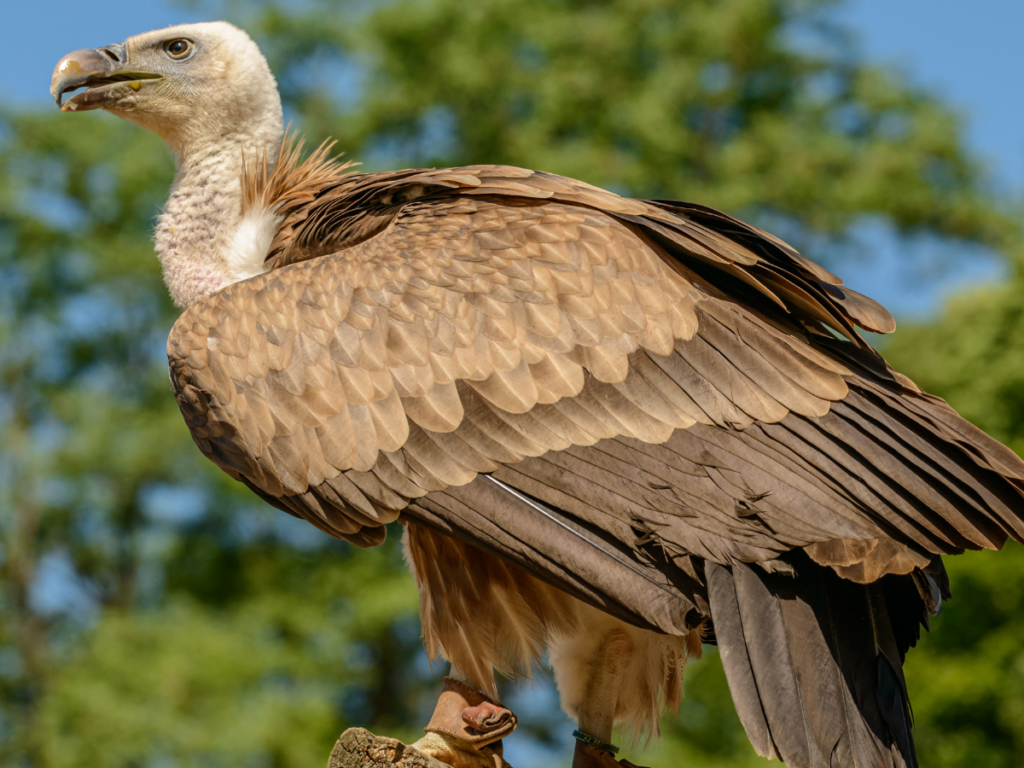
- Wąż Eskulap
Jest to gatunek niejadowitego oraz największego węża żyjącego w Europie Środkowej, gdyż długość jego ciała może przekraczać 2 metry. Dorosłe osobniki są oliwkowo-brązowego koloru z wyjątkiem brzucha, natomiast przednia część jest nieco jaśniejsza. Będzie on raczej unikał kontaktu z człowiekiem, zatem przy spotkaniu powinniśmy spodziewać się, że wąż ucieknie. Gdy poluje chwyta zdobycz pyskiem i owijając ciałem dusi przez kilka minut, a następnie połyka w całości.
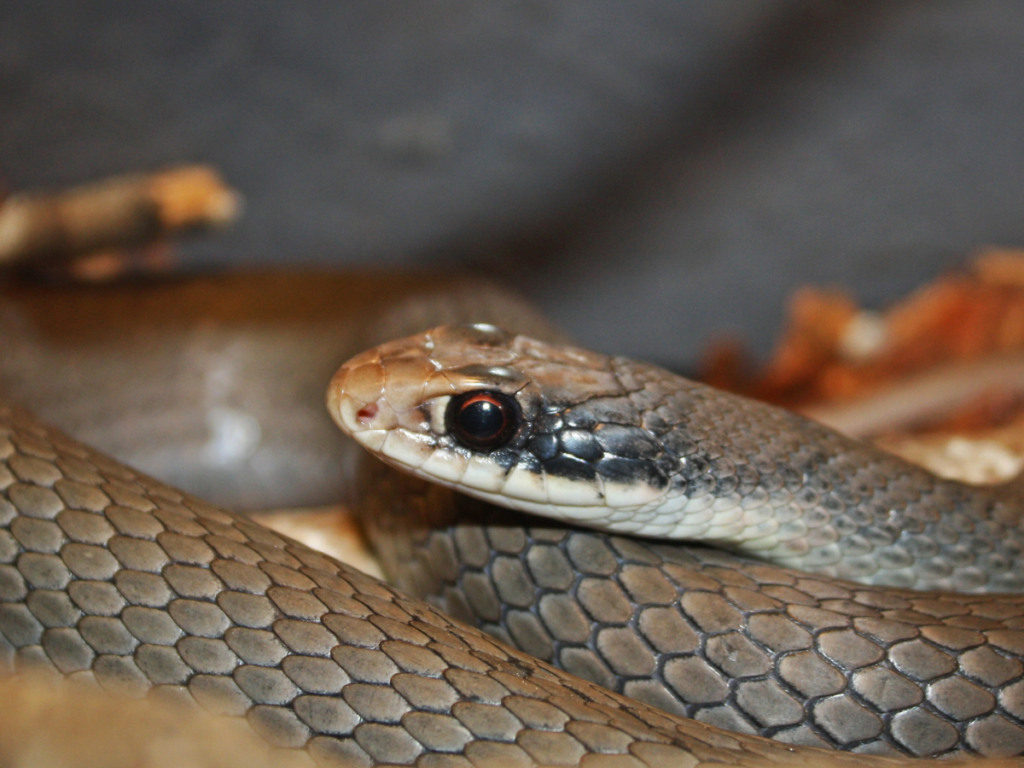
- Koziorożec
To ssak z podrodziny antylop zaliczany do zwierzyny o dużym znaczeniu gospodarczym. Wystepuje najcześciej na obszarach gorskich, skalistych, czesto powyzej górnej graniy lasu. Jednak niektore gatunki wystepuja na terenach trawiastych.
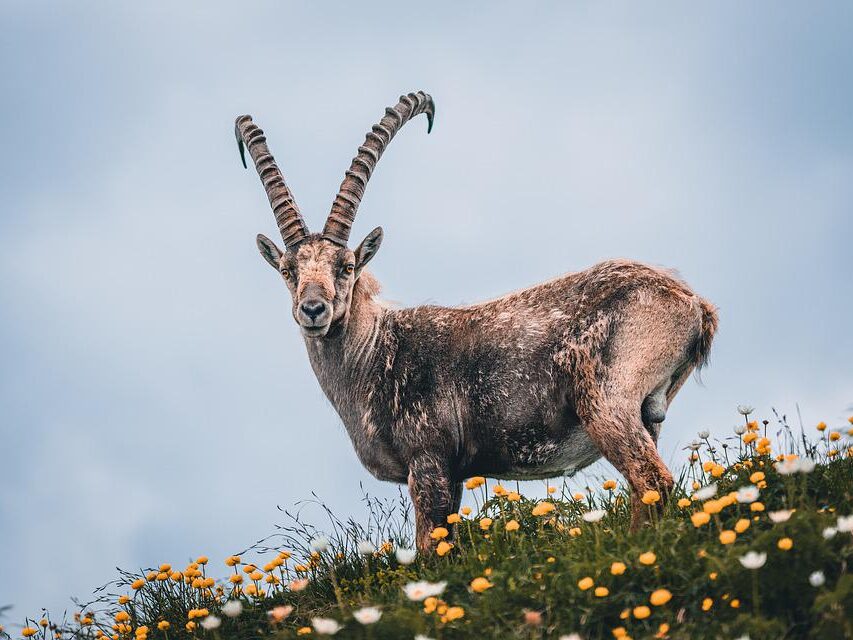
- Muflon Śródziemnomorski
Jest najmniejszym przedstawicielem tzw. „dzikich owiec”. Występuje na obszarach porośniętych skąpą roślinnością na górzystych terenach. Funkcjonuje w małych stadach. Na wolności osiąga wiek nawet do 20 lat. Ubarwienie, zwane inaczej wełną, jest jasne, natomiast szata zimowa jest bardziej brązowa. Samce mają często tzw. siodło, czyli białą plamę na bokach ciała. Podbrzusze i wewnętrzne strony nóg są białe. Wełna muflona jest stosunkowo krótka. Samce mają duże, charakterystycznie skręcone rogi, natomiast samice ich nie posiadają (ewentualnie małe i skierowane do dołu).
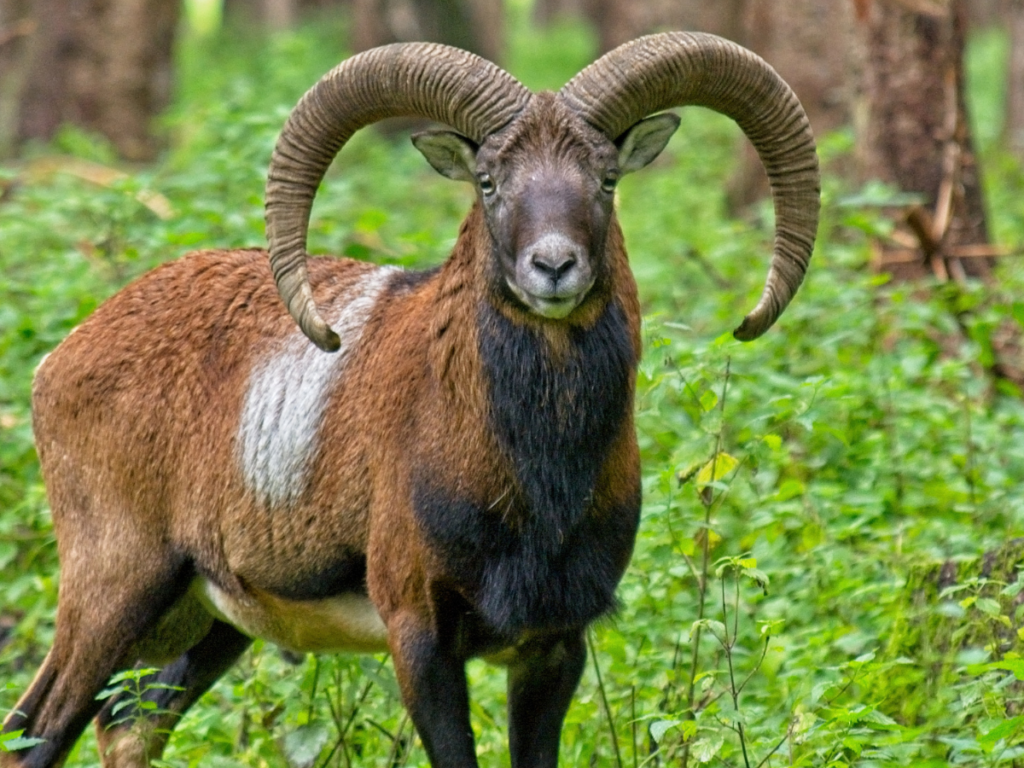
Nie wahajcie się podróżować do Grecji słynącej z różnorodnej i pięknej fauny. O tym, że jest ona pełna ciekawej zwierzyny i atrakcji turystycznych z nią związanych nie trzeba dużo mówić.
Jeśli jesteś miłośnikiem turystyki ekologicznej i chcesz obserwować wszystkie odmiany fauny typowe dla każdego zakątku greckiego terytorium, nie bójcie się zarezerwować biletu i spędzić niezapomnianych wakacji. Jesteśmy pewni, że nie będziecie żałować.
Miłej podróży!

